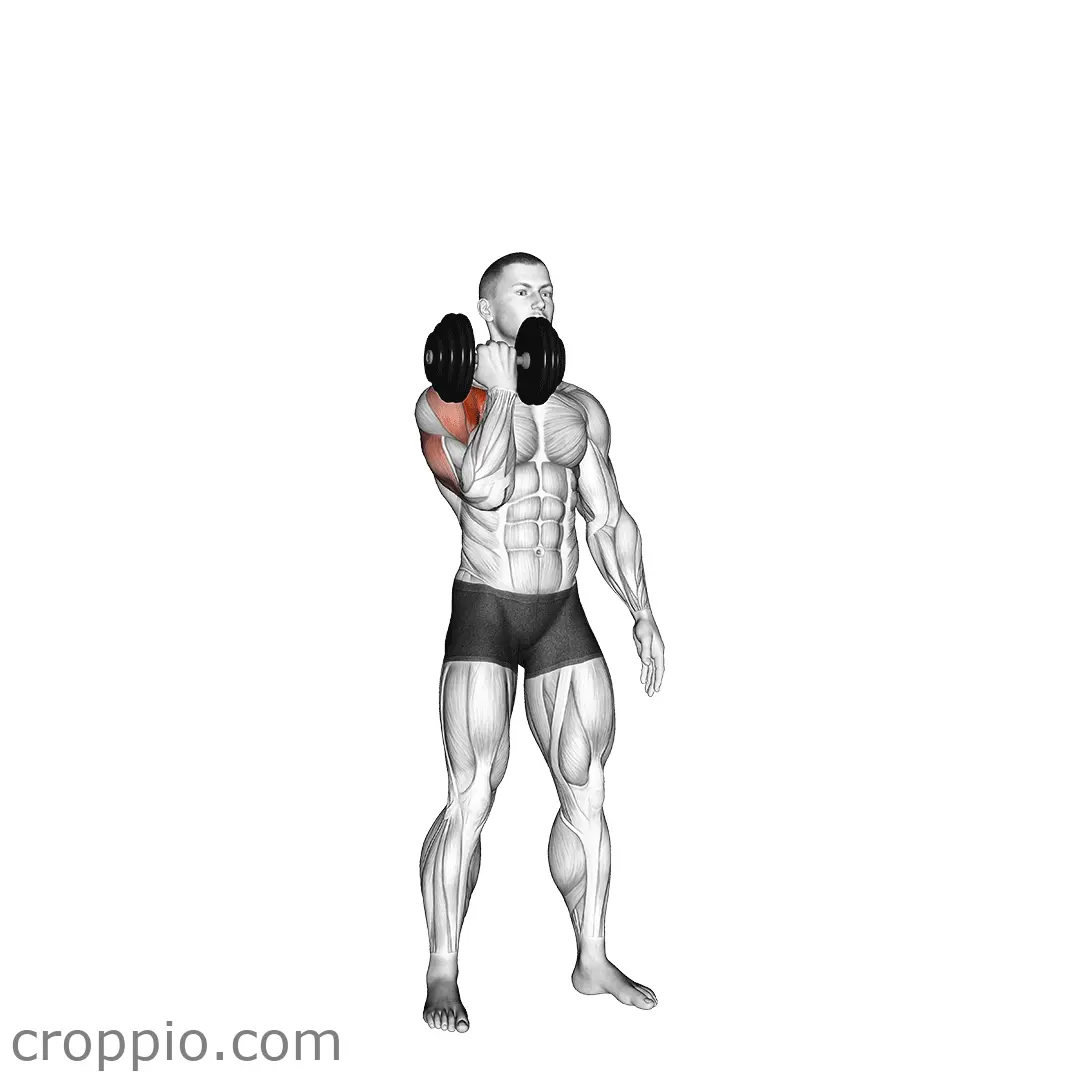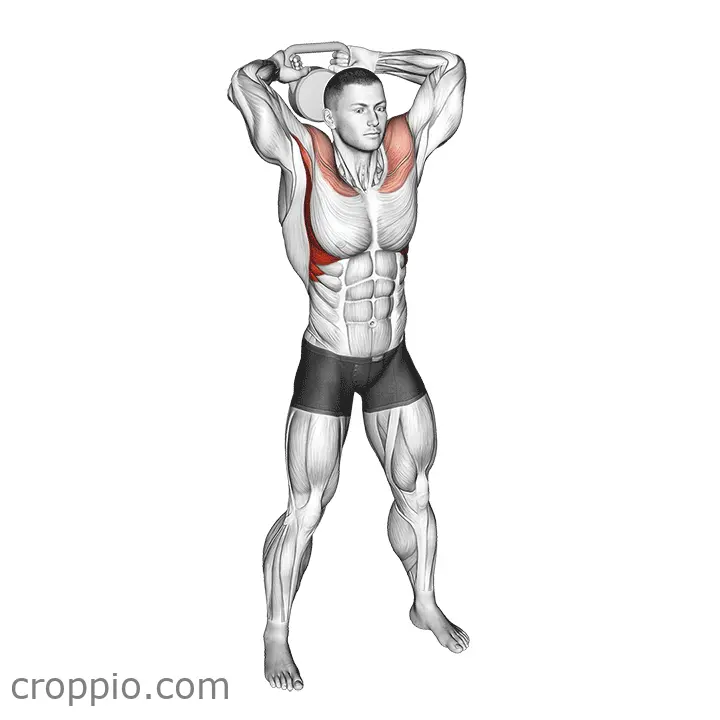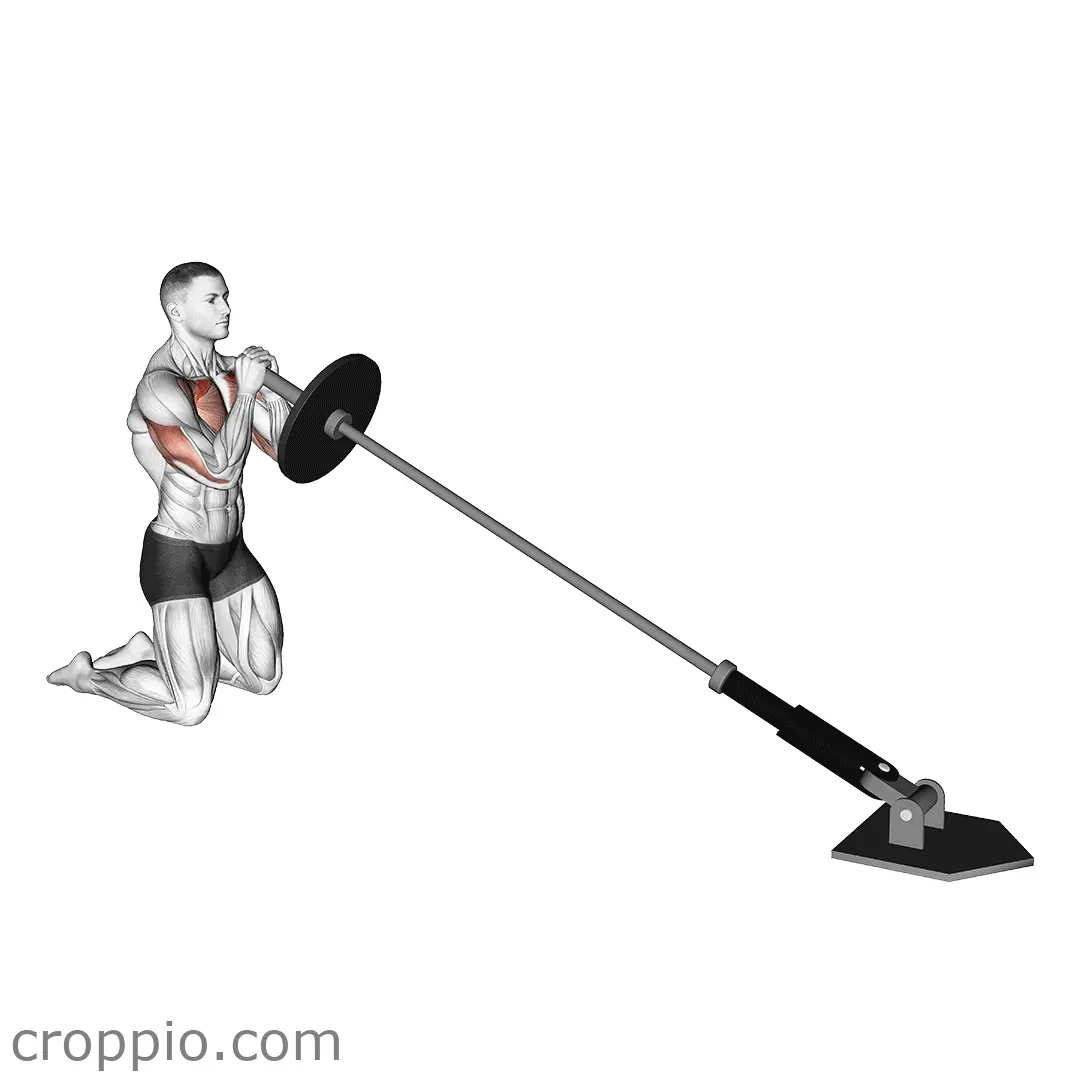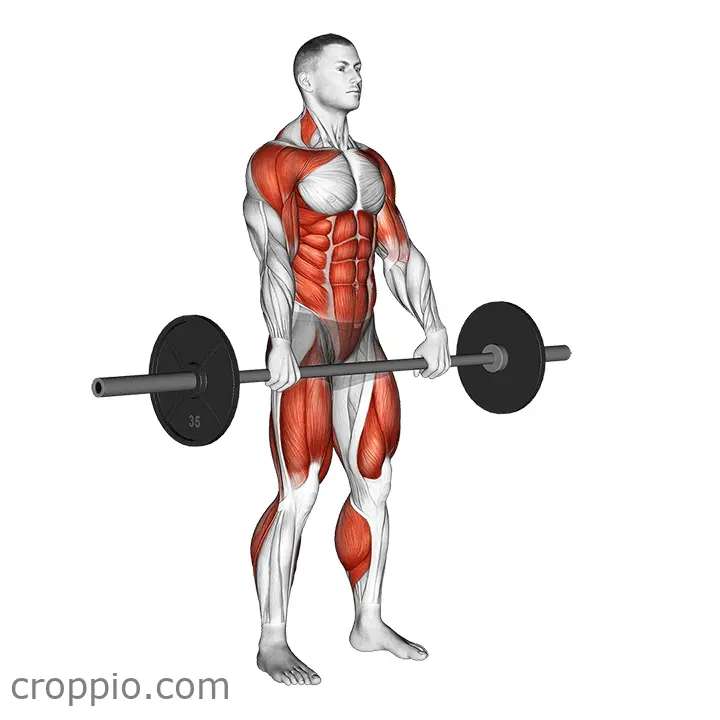Prone Y Raise Movement
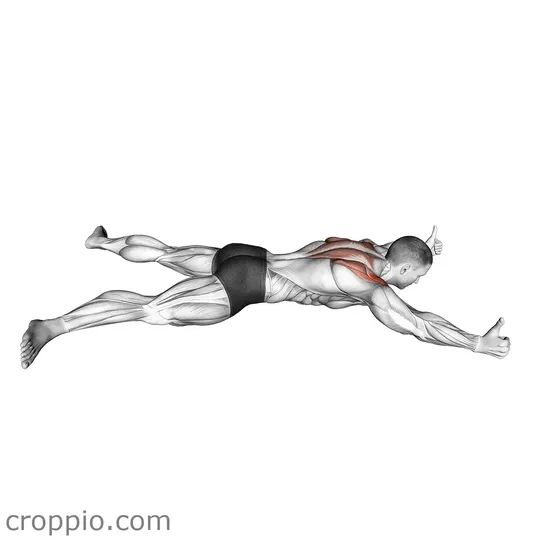
Muscles Involved
The prone Y raise movement primarily targets the upper back, specifically the rhomboids, trapezius, and the posterior deltoids. This exercise also engages the muscles of the rotator cuff, which play a pivotal role in shoulder stability. Secondary muscles involved include the lower back muscles, such as the erector spinae, and the core muscles, particularly the transverse abdominis, which help to stabilize the body during the movement.
Top Mistakes
- Using excessive weight: Lifting too heavy can compromise form and lead to injuries.
- Incorrect arm position: Raising the arms too high or too low can diminish the targeted muscle engagement.
- Neglecting the core: Failing to engage the core can result in an unstable spine and reduce the exercise's effectiveness.
- Not maintaining proper head alignment: Looking up or down instead of keeping the neck neutral can strain the spine.
Execution Tips
- Start in a prone position on a flat surface with your arms extended above your head in a "Y" shape.
- Engage your core and keep your neck neutral, looking down at the ground.
- Slowly lift your arms off the ground, focusing on squeezing your shoulder blades together.
- Keep your thumbs pointed up to maximize engagement of the shoulder muscles.
- Lower your arms back to the starting position with control, avoiding any jerking motions.
Workouts
The prone Y raise can be incorporated into various workout routines targeting the upper body and core. A recommended approach is to perform 3 sets of 10-15 repetitions, focusing on slow, controlled movements. To complement the prone Y raise, consider including other exercises such as prone T raises, face pulls, or band pull-aparts to enhance upper back strength and shoulder stability. Additionally, pairing this exercise with core-focused movements like planks can provide a well-rounded workout.
Conclusion
Incorporating the prone Y raise movement into your fitness routine offers numerous benefits, including improved posture, enhanced shoulder stability, and increased upper back strength. By focusing on proper technique and avoiding common mistakes, individuals can effectively target and strengthen the key muscles involved, leading to better performance in various physical activities and daily tasks.
